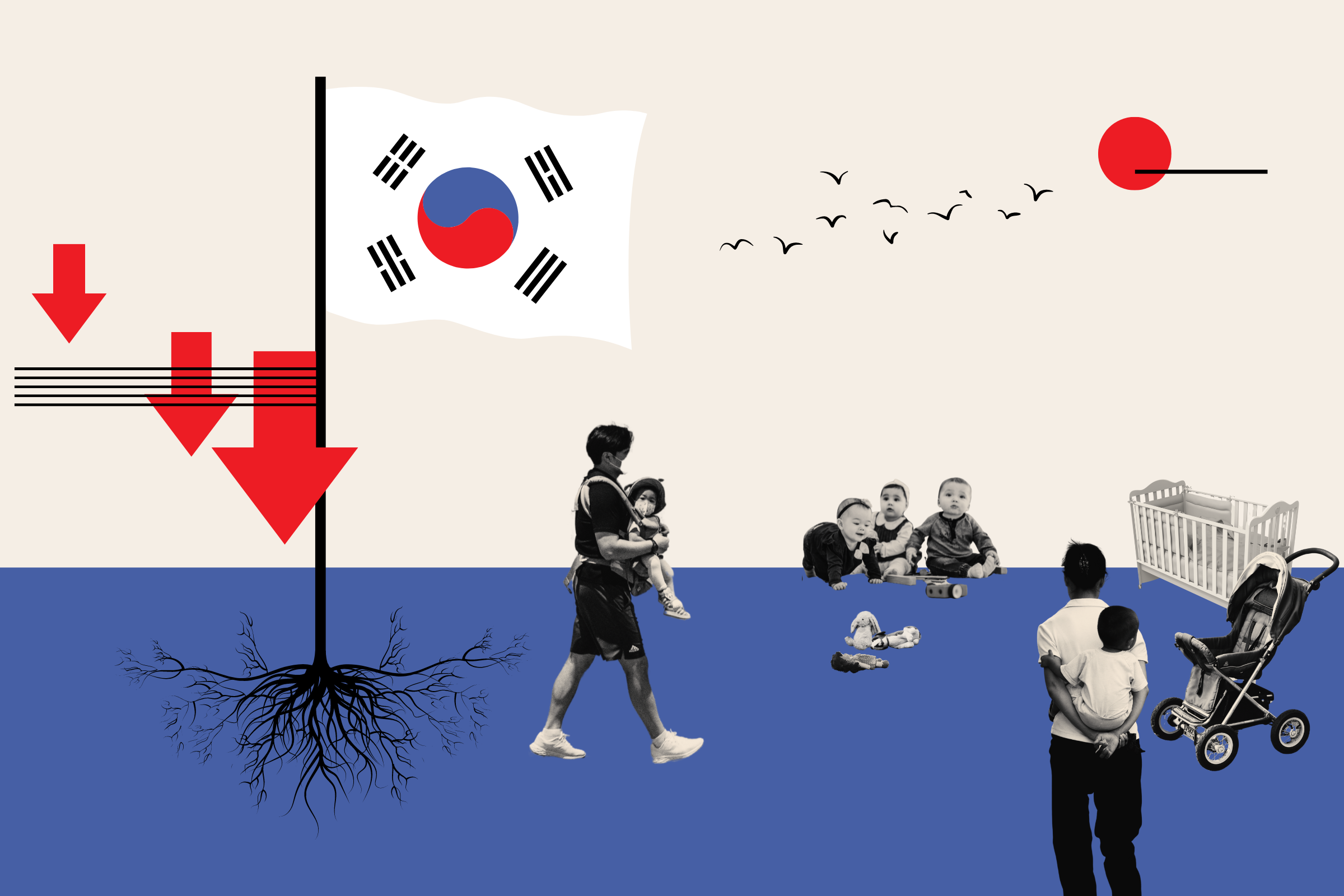Research has revealed the number of heart infections linked to drug abuse has almost doubled in the past 14 years, as an opioid epidemic continues to plague the U.S.
Rates of patients struggling with drug abuse being hospitalized due to infective endocarditis—which affects the innermost layers of the heart chambers, including the valves—doubled between 2002 and 2016, rising from 8 percent to 16.3 percent.
During this period, the U.S. found itself in the grip of the opioid crisis, which, in 2017, led the U.S. Department of Health to declare the situation—where more than 130 fatally overdose per day—a public health emergency. That year, opioid deaths overtook car crashes as the biggest preventable injury-related cause of death in the U.S.
The researchers behind the new study wrote in the Journal of the American Heart Association that hospitalizations due to the infection rose "side by side" with the opioid epidemic.
The team looked at data on 954,709 patients admitted to hospital with infective endocarditis between 2002 and 2016, from the biggest publicly available healthcare database in the country.
All U.S. sates were found to be affected, but the Midwest saw the biggest spike in patients who struggled with drug abuse hospitalized with the heart condition between 2002 and 2016, at almost 4.9 percent.
The condition usually affects patients who are around the age of 70. But the drug abuse patients in the study were relatively young men, aged 38 on average, white, and poor. They here were also more likely to have HIV, hepatitis C, and abuse alcohol.
Dr. Serge C. Harb, Cleveland Clinic cardiologist and senior author of the study, described infective endocarditis linked to drug abuse as a "nationwide epidemic" and told Newsweek he was shocked by the magnitude of the problem.
He described the patients as "vulnerable" people who need help.
The idea to conduct this research came to him after working with heart patients, he said. "It is hard not to notice that the number of young drug addicts admitted with endocarditis is increasing!"
Harb said health measures to tackle the problem must be rolled out nationwide, and targeted in areas where patients are most at risk. This would see multidisciplinary teams, including heart and addiction specialists, as well as social workers, collaborating.
"Appropriately treating the infection is only one part of the management plan," said Harb. He added: "Helping these patients address their addictive behaviors, providing social support, and getting them to effective rehabilitation programs are key aspects in their optimal care and to prevent relapses."
Dr. Scott Hadland, an addiction specialist at the Grayken Center for Addiction at Boston Medical Center who did not work on the study, told Newsweek the study illustrates the broader harms of the national opioid overdose crisis.
"We already know that opioid-related overdoses surged from the early 2000s through the mid-2010s, as did diagnoses of opioid addiction, hepatitis C infections and a number of other drug-related problems. This study adds endocarditis, an infection of the heart, to this list."
"It was surprising to me that the Midwest had the most rapid rise in the incidence of endocarditis, since the burden of the opioid overdose crisis is higher in other regions of the country. On the other hand, the Midwest may not have the same infrastructure as other regions to detect and treat substance use disorder," he said.
Hadland pointed out that numerous Midwest states chose not to expand Medicaid under the Affordable Care Act, and "numerous provisions within the law ensure availability of and access to health care and addiction treatment."
Magdalena Cerda, a director of the Center for Opioid Epidemiology and Policy at NYU Langone Health who did not work on the study, told Newsweek she was surprised by the "stark differences in the incidence rate of drug abuse-related infectious endocarditis, compared to non-drug abuse-related infectious endocarditis. There is a particularly huge spike that occurs between 2010 and 2016, which coincides with the spike in heroin and fentanyl-related overdoses."
"By 2016, the incidence rate of drug abuse infectious endocarditis was almost 79 per 10,000, while the incidence rate of non-drug abuse infectious endocarditis was 29 per 10,000. That's a huge difference, and it is likely connected to the changes in the opioid overdose epidemic," she said.
Cerda also pointed out limitations to the study, including that it relies on administrative data, and the researchers used a combination of multiple International Classification of Diseases codes to identify cases with drug abuse. This may have lead to cases of drug-related infectious endocarditis to be under-counted, she argued. Cerda also said the geographic information is limited, making it hard to identify the specific areas in the country that are seeing outbreaks of this problem.

Uncommon Knowledge
Newsweek is committed to challenging conventional wisdom and finding connections in the search for common ground.
Newsweek is committed to challenging conventional wisdom and finding connections in the search for common ground.
About the writer
Kashmira Gander is Deputy Science Editor at Newsweek. Her interests include health, gender, LGBTQIA+ issues, human rights, subcultures, music, and lifestyle. Her ... Read more
To read how Newsweek uses AI as a newsroom tool, Click here.





